Common bird of paradise Strelitzia reginae does not have invasive roots. They have beautiful orange flowers and soft roots that are easily trimmed. Giant bird of paradise, Strelitzia nicolai however do have invasive and large roots so take care not to plant them near a concrete wall, pavers or buildings.
The common bird of paradise Strelitzia reginae is frequently used in backyards and has a bright orange flower. It looks amazing in pots or in a garden bed. I have recently moved 4 large bird of paradise plants into pots and my garden bed and did a major root trim to get them to fit.
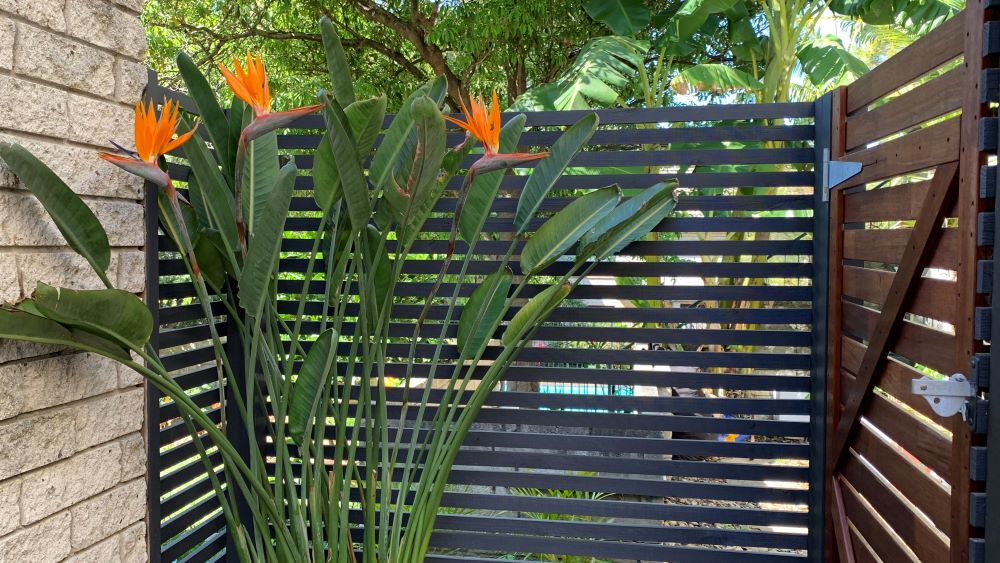
Common bird of paradise have soft, tubular roots that can be trimmed with a shovel or secateurs. If they are planted in pots the roots can grow out of the base in search of water but they are not invasive.

Root system of Giant bird of paradise: Strelitzia nicolai
Giant bird of paradise have large, invasive root systems so it is best not to plant it near any structures, pavers or concrete. These trees will grow large, reaching over 30 feet high but they can be kept contained in a pot.
These plants can be very difficult to move by hand once they are established and you may need machinery to get them out. These trees can have roots systems that can spread at least 6 feet beyond the trunk or more.
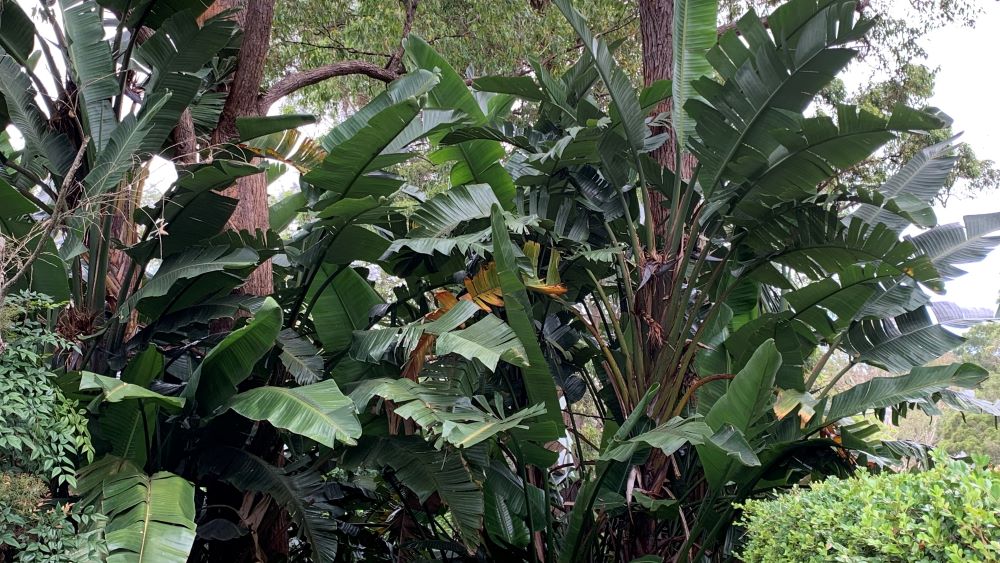
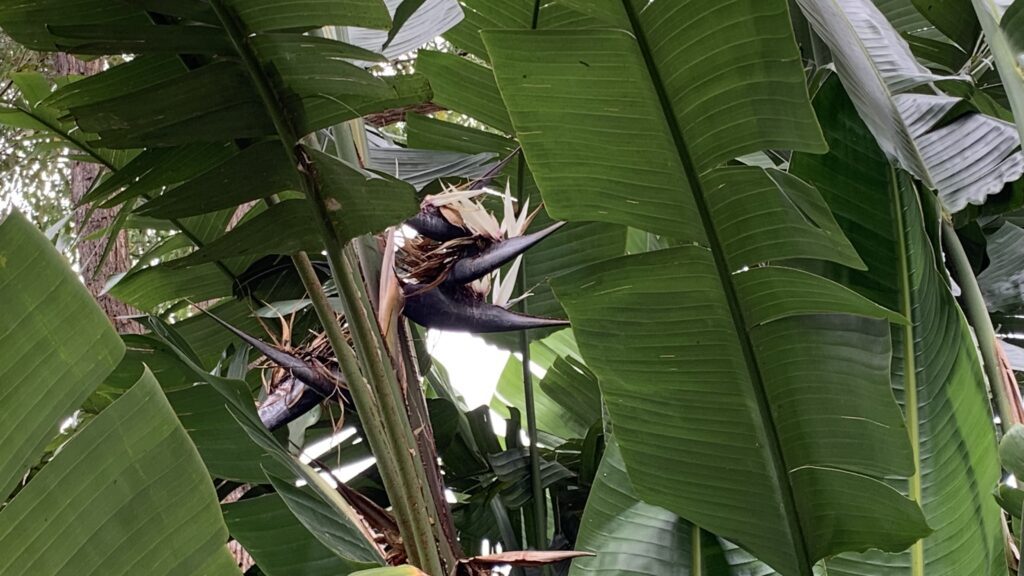
How to prune bird of paradise roots
When I removed some large bird of paradise plants from their original pots they were completely root bound. There were large tuberous roots escaping out the bottom of the pot.
Check out these easy steps to prune bird of paradise roots. This is perfect if you are repotting or splitting your plants.
1. Prune any roots coming out of the pot
The first step is to take sharp, clean secateurs and trim off any roots escaping from the pot. The roots will be soft and easy to cut.
2. Remove any old and damaged roots
The next step is to remove the plant from the pot. You can then look through and remove any roots that are damaged or broken. This can provide an entry point for disease if they are not trimmed cleanly.
3. Reshape the root ball
The next step is to reshape the root ball. This will give you the chance to remove excess roots so that it fits neatly in its new pot. You can also transplant it back into the old pot or split the plant if you have multiple stems.

Once the plant was removed from the pot, I simply laid the plant down on its side and scraped the bottom and edges with the spade.
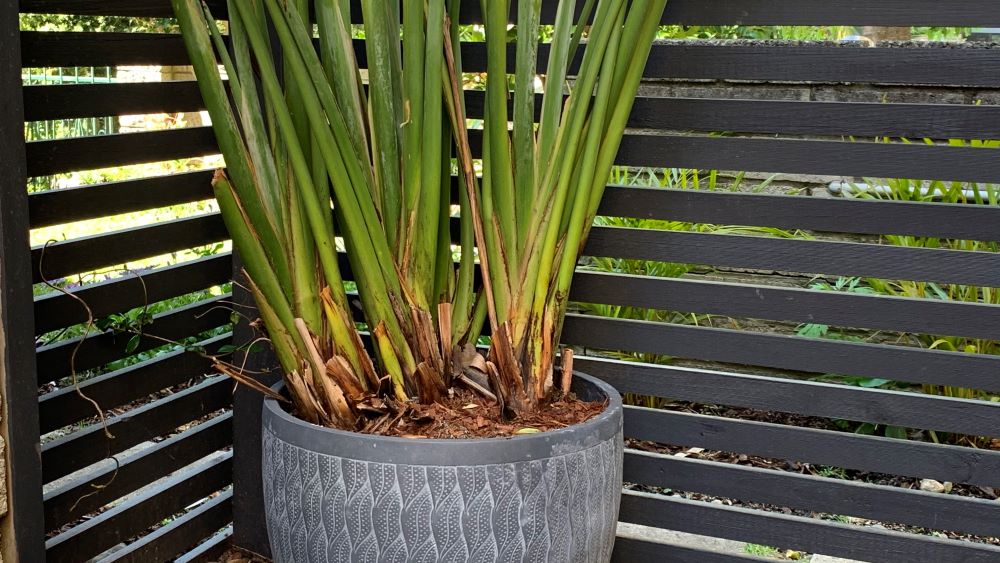
Check out this simple video for tips on how to divide bird of paradise.
Bird of paradise plants are hardy and can handle severe root trim. Just make sure you don’t damage the stems if possible but if you do, trim off any broken leaves as they will not grow back.
If leaves have bent, you do have the chance to save them. Check out my article here for more on bent and broken leaves on bird of paradise.
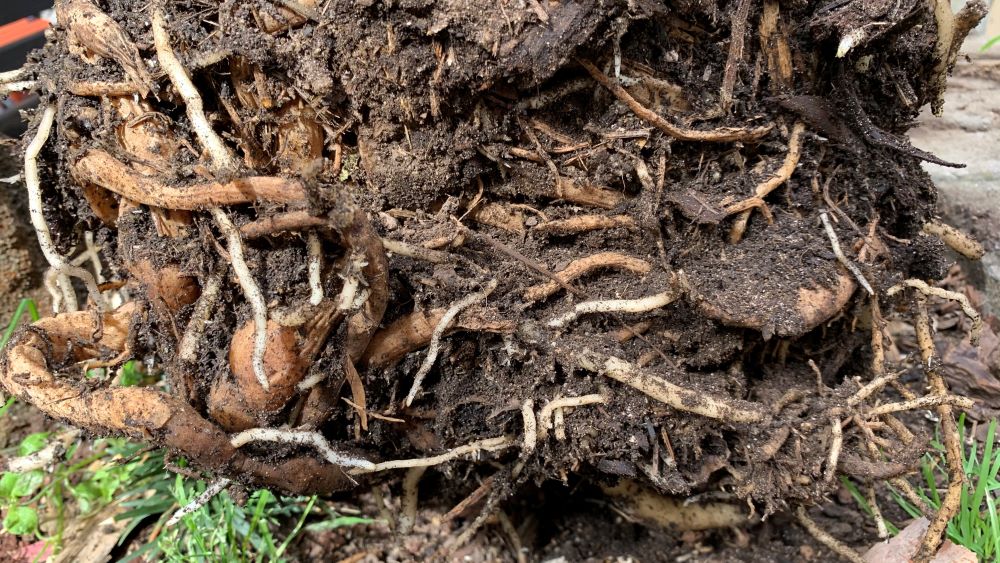
10 Bird of paradise growing tips
- Bird of paradise plants (Strelitzia reginae) are native to South Africa and are known for their striking orange and blue flowers that resemble the head of a colorful bird.
- These plants prefer bright, indirect sunlight, and they should be watered regularly but not overwatered. Allow the soil to dry out slightly between waterings.
- Bird of paradise plants can grow up to 6 feet tall and 4 feet wide, so they need plenty of space to grow.
- The plant’s leaves are large and can collect dust indoors It is important to wipe them down regularly to keep the plant healthy.
- Bird of paradise plants require well-draining soil and should be fertilized with a balanced fertilizer every 2-3 months during the growing season.
- New plants can be propagated through division. Simply cut off a growing piece of bird of paradise stem with a healthy root piece and it will sprout back in the next spring.
- Bird of paradise plants are sensitive to cold temperatures and should be kept in a warm environment with temperatures above 50°F (10°C).
- While bird of paradise plants can be grown indoors, they require a lot of light, and it may be challenging to provide enough light for them to thrive.
- These plants are susceptible to mealybugs, spider mites, and scale insects, so it’s important to check them regularly for signs pest attack.
- The bird of paradise plant is not frost-tolerant, and if you live in a climate with freezing temperatures, you may need to bring the plant indoors or provide some other form of winter protection.
Bird of paradise root system FAQ
Can I put bird of paradise plants in the compost?
You can put small pieces of common bird of paradise roots in the compost. Use a spade to chop them in small pieces so they break down quickly. Avoid putting large bird of paradise roots into your compost as they can re-sprout from rhizomes and take over. Place them in your green bin instead.
Are bird of paradise root systems heavy?
The root ball of a bird of paradise plant can get incredibly heavy as it grows. They can grow in a tight ball which will hold a lot of weight and water and can be difficult to move. Remember this if you plan on moving one from a pot or out of the ground.
You might need a friend to help you to move a large plant and take care. I find that rolling the plant onto its side and taking the pot off from the bottom can save you having to lift a heavy plant.
What kind of root system does a bird of paradise have?
Bird of paradise plants grow tuberous root systems. They will have large, brown established roots and smaller roots which also take up nutrients from the ground. Tuberous roots will hold water for the plant helping it survive drought conditions.
Giant bird of paradise can grow very large root systems which are needed to stabilize the plant. Remember that these can be plated in pots and should not be planted near buildings.
Are bird of paradise roots deep?
Giant bird of paradise plants will grow deep roots that head down to deeper soil to stabilize the plant and reach for deeper ground water. They can grow roots that are 6 feet deep or more.
The common bird of paradise plants with orange flowers are less invasive and their large, tuberous roots are easy to remove. They will send roots down 3-4 feet as they grow.
Bird of paradise can get incredibly heavy so if it has been 3-5 years you can lift it and divide.
Are bird of paradise roots invasive? | Summary
Giant bird of paradise plants can have invasive roots so take care when you are deciding where to plant them. A large open area away from structures is best as the root system can lift pavers or affect concrete.
The common bird of paradise plant with orange flowers have less invasive roots which will fill out a pot quickly but are easy to trim with a shove or secateurs. Re-pot them every 3-5 years and keep the root system happy.
Happy planting.
I am an accredited practicing dietitian, experienced gardener and a dedicated cook. I love writing and sharing my experience so you can learn from my successes and mistakes.
